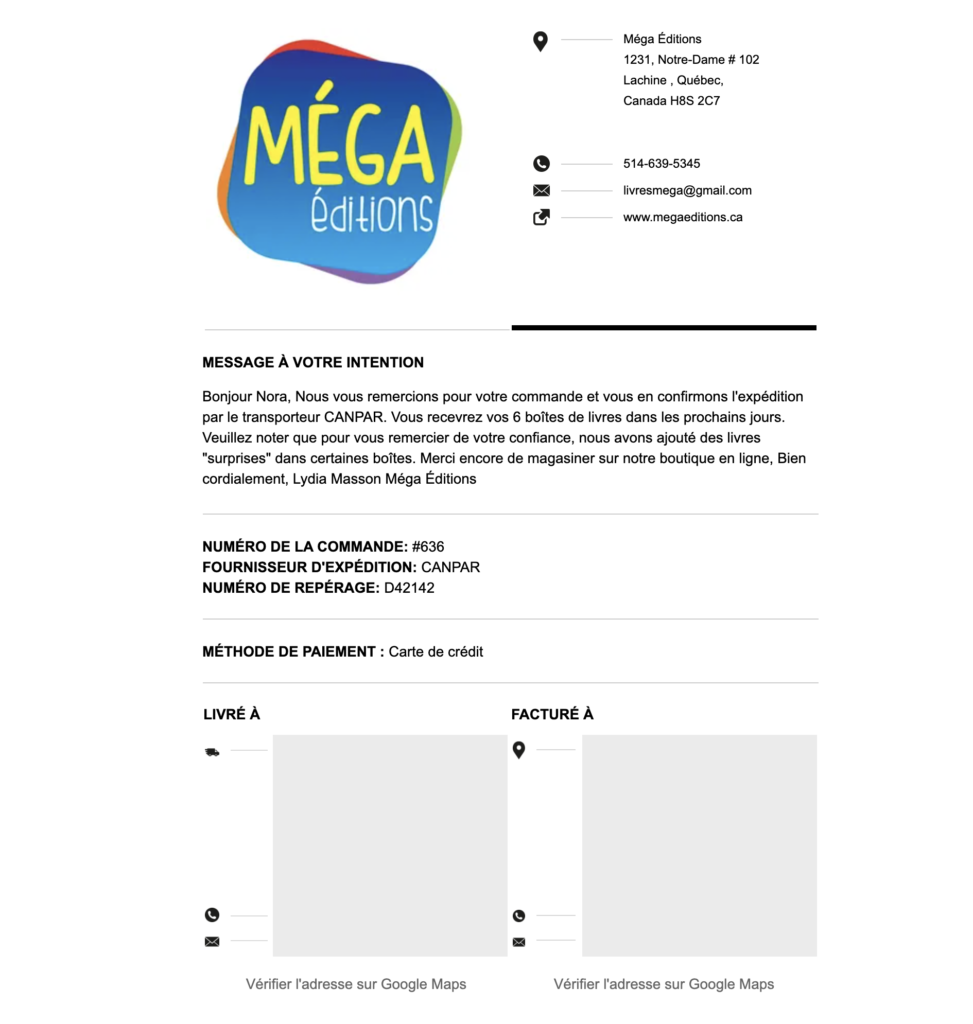E-commerce shipping strategy: a key element of the customer experience

The success of your e-commerce shipping strategy depends on a large number of factors including: delivery.
This step is crucial and decisive in the purchasing decision process. As the number one factor that hinders the purchase and the abandonment of the shopping cart, delivery costs are the sworn enemy of e-commerce.
Delivery is also an integral part of a positive customer experience.
With the improvement of ever more intelligent and automated processes, tougher competition from larger companies offering ultra-fast deliveries at competitive prices, delivery is a major challenge for all merchants who face increasingly demanding customers.
So how do you make delivery a lever for loyalty and conversion?
We share our advice to determine a clear policy, define appropriate and judicious rates for customer satisfaction and respecting your profit margins.
Here are the steps to follow for an efficient, cost-effective and tailored e-commerce delivery strategy that reconciles your customers’ expectations and your profitability objectives.
Shipping: the key element of the customer experience
The simplicity, efficiency and fluidity of the delivery process will lead to customer satisfaction and loyalty.
The expedition is above all an experience and includes an emotional dimension.
Today’s consumer is volatile. Delivery also has an anxiety-provoking dimension, so you need to reassure him or her to avoid fears that could lead him or her to go to the competition.
How?
- By establishing a relationship of trust, by anticipating or absorbing problems of partial or incomplete, delayed or on-time delivery, compliant or non-compliant;
- And by accompanying the customer through the entire purchasing experience, before and after delivery.
As a result, through a successful personalised enriched experience, the consumer will develop a positive perception of your brand, which he will appreciate and remember for its quality of service.
By creating real added value, the delivery will thus contribute to the loyalty and even the recommendation of your customers to attract potential new prospects.
5 good practices for an optimal delivery service
We recommend these 5 main steps and good practices to follow.
1. Display a clear, obvious and transparent shipping policy
Your delivery policy must be clearly explained to your customers so that there are no surprises at the checkout.
It can be detailed in a dedicated page accessible from the home page, which we recommend to our Panierdachat merchants.
It must present in a transparent way a tariff grid according to the relative variables:
- distance, national, with details by region;
- or international, with details by country;
- time limits;
- and any other relevant information required.
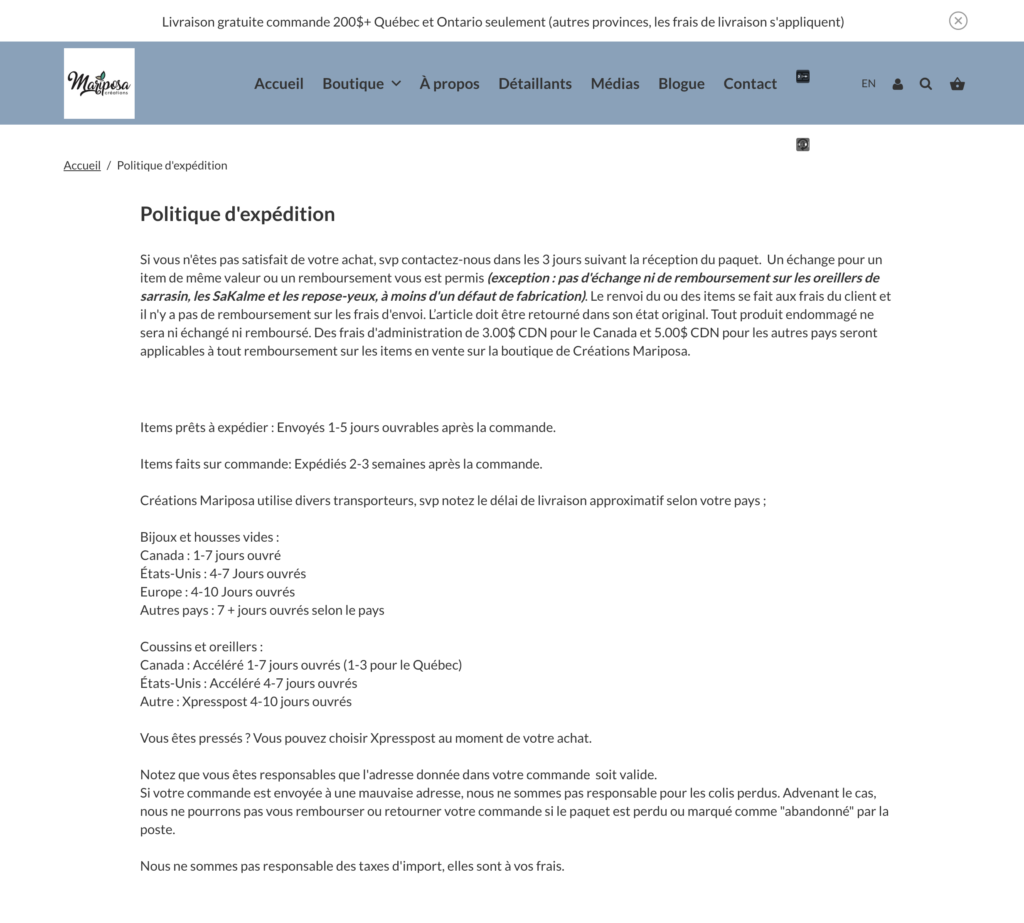
Also think about anticipating possible requests for returns by defining a simple return policy in order to turn disappointment into a positive experience.
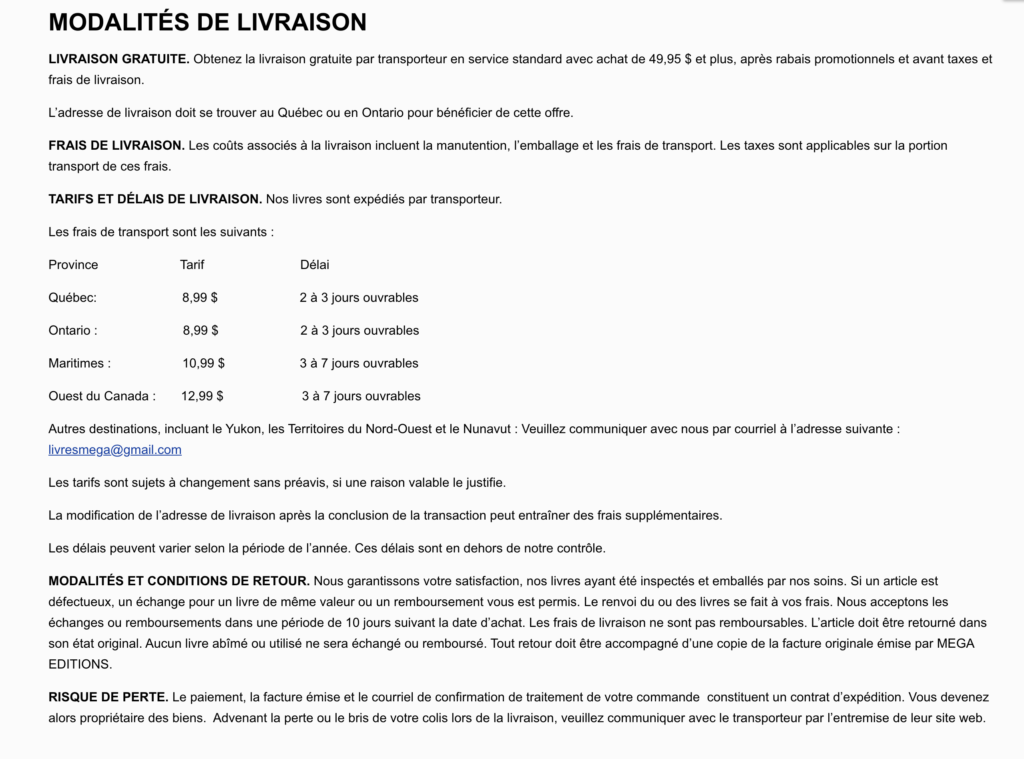
Finally, make sure you also communicate all this on your product sheets and/or in the shopping basket.
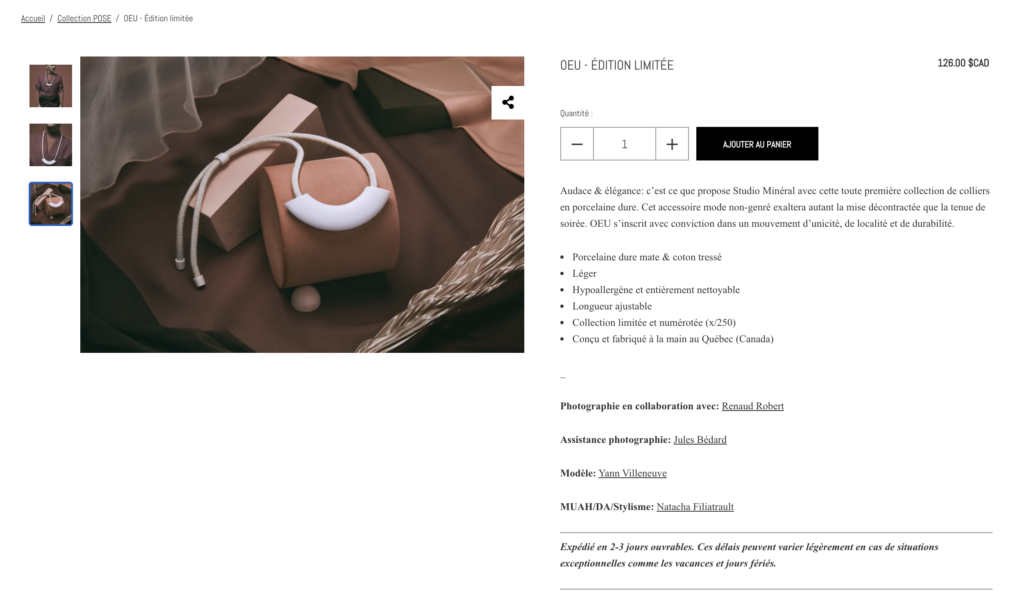
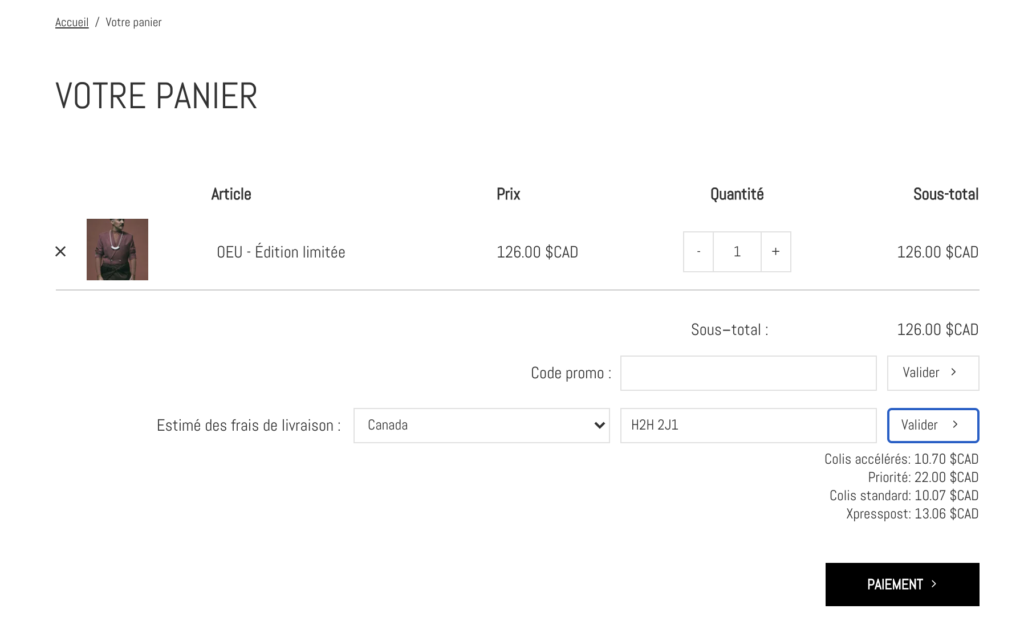
2. Trusted partners
Whichever shipping provider(s) you use to deliver your orders, your customers will equate their experience to your business, not the delivery company.
Hence the importance of collaborating and informing about your trusted partners in order to demonstrate quality of service.
3. Continuous monitoring and communication
Delivery is subject to many uncertainties.
We therefore recommend that you set up proactive, reliable and personalised communication throughout the customer journey.
How?
- By confirming the dispatch of their order;
- By informing them about the status of their delivery by providing them with the necessary information to track their parcel: message that you can customise on your administration’s interface in Emails & Communications;
- Informing them about possible delays in delivery etc.
4. Give your customers a choice
In the current context, consumers are looking for flexibility.
Thus, we are witnessing a multiplication and reshaping of the delivery modes and services on offer, ranging from click & collect (contactless delivery) to free home delivery to compensate for disruptions in supply chains.
Giving them the choice will be a competitive advantage by increasing the chances that your customers will go ahead with a purchase from your online store.
5. Optimise customer satisfaction
Measuring quality and delivery experience through a satisfaction survey to identify gaps and areas for improvement.
5 Effective delivery strategies for your online shop
The delivery offer can be a real customer acquisition lever by acting as a real sales and conversion argument if it is chosen wisely and skilfully put forward.
It should therefore be part of your marketing strategy and be clearly displayed on your homepage in the header banner, for example, or in a pop up window.
Your delivery strategy must therefore be carefully thought out and established taking into account :
- Your margins to be profitable;
- The value of your average basket;
- Your competitors to remain competitive;
- And your customers to meet their expectations.
1. Free delivery
Offering free delivery on your online shop is one of the best delivery methods, a real commercial argument and a means of building loyalty.
In order to offer it, the merchant must absorb the entire cost in its margins. The margin will obviously be reduced but you will most certainly generate more profits because you will get more sales thanks to it, free delivery being one of the major conversion levers.
2. Free delivery from a certain amount
However, if your margins are low and in order not to harm them, we recommend that you fix the delivery from a certain amount; this technique is more profitable in the long term.
Free shipping will also tend to increase your average basket.
You will be able to choose from a range of :
- share the cost so that it is borne by you and your client;
- or increase the price of your products: the cost will be uncollected and paid indirectly by your customer. However, this technique is not recommended. Your customers may make price comparisons with your competitors and decide to shop elsewhere for a product that appears to be less expensive.
3. Free delivery as a promotion
To be offered in the form of a promotional code, on the next order or over a given period, valid on all or some products in order to liquidate them.
It allows for a sense of urgency and therefore encourages a quick purchase.
4. A shipment with variable costs
This works for rather heterogeneous products.
The actual costs proposed by the carrier will be charged in full to your customers, so you do not have to bear the costs.
5 . A flat-rate shipment with fixed fees
The simplest and most reassuring solution for your customers who will know what to expect.
It works for rather homogeneous products.
How do you calculate them?
The fees applied will have to cover your average costs.
The average cost depends on :
- The delivery zone
- Type of delivery: standard – express
- The size and average weight for each parcel
- Order picking time
- Possible return costs.
You will also have the choice of :
- Invoice below the real cost, which will reduce your margins but increase your profits;
- Invoice above the real cost.
Also, if the value of your average shopping cart is low, charging too much may discourage small orders.
Warning: 44% of potential customers abandon their shopping cart because of high shipping costs.
Conclusion
Be aware that there is no single strategy.
We advise you to adjust your strategies according to seasonality and special events such as Valentine’s Day, le Black Friday, or the holiday season.


